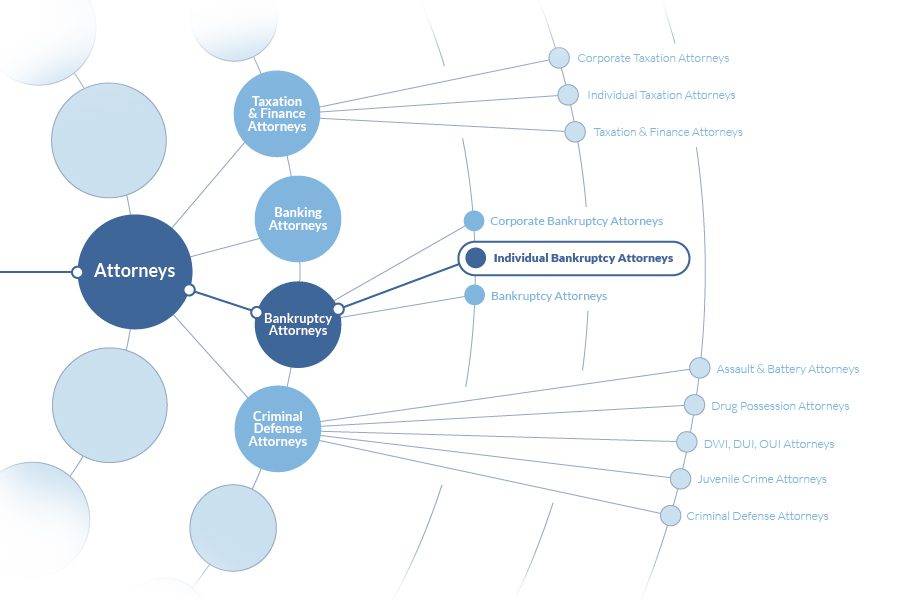Taxonomy: Although the primary meaning refers to the scientific classification of organisms, it’s a term that also comes up often in discussions of to the technological backbone of search marketing.
But what does it mean exactly? And why is it such a crucial part of what we do at MatchCraft? We sat down with MatchCraft’s Taxonomy team to get a better understanding.
So what does “taxonomy” mean at MatchCraft?
In search marketing technology, taxonomy is a multi-tiered collection of business categories made up of keywords and ad copy.
The taxonomy is at the core of what we do. It’s the key to creating campaigns that match the right search queries with the right merchants – and to being able to do so efficiently, in a repeatable and scalable way.
Having a solid, relevant and precise taxonomy is important because it allows our partners to launch dozens or even hundreds of merchant campaigns in a short period of time.
It also improves overall campaign performance and reduces the need for customized optimizations.
MatchCraft works with partners in over 42 countries and 23 languages. Is the taxonomy the same across all these different places?
No. A good taxonomy is a linguistic and cultural representation of the businesses in a specific market.
When we create any taxonomy, we hire native language speakers who understand search engine marketing, know the best practices for MatchCraft’s platform and are immersed in their local country and language. They create the category structure that mirrors the way businesses and services are packaged in their respective countries.
Ad copy must be adjusted for each country. Translation alone doesn’t work; what sounds fluent and creative in one language is often clumsy in another. Even two countries that share a language may have different idioms. The native speakers add the little linguistic nuances that make the ad copy work for each country’s users.
What’s the process for creating a taxonomy?
We start by creating the skeleton, deciding which high-level areas we need to cover. Next we create subsets, or “families,” of related categories, making sure we capture culturally relevant business areas and represent them in the correct way. Then we decide how the areas relate to each other and where in the structure they belong.
Anyone who has worked with hierarchical structures knows what a challenge that can be, as there’s often more than one location that could be correct.
Taxonomy structure and category names set the expectations of both the person creating the ad copy and the campaign manager who will be assigning the categories, so it’s important that the end result is as precise and intuitive as possible.
Does the taxonomy stay the same once it’s created or does it change over time?
We’re constantly evolving our taxonomy based on marketplace shifts, client requests and data. Our taxonomy team is constantly looking at keywords, ad copy and categories that are under-performing to find ways to improve. We add and consolidate categories, add or remove keywords, and adjust ad copy on a regular basis.
It’s never a finished product.
One thing we’ve noticed over the past few years is that users are getting better at searching – their searches are more granular, more specific. Our taxonomies have moved in that direction to keep up with this trend so we can provide better results to our partners and their advertisers.
Can’t you automate the creation of a taxonomy?
Partly, but language and culture are very fluid and always changing.
Every time we tried to use automation to replicate a taxonomy from one country or language to another, we found that we needed a lot of human effort to make it work.
There’s some level of automation, but the quality of the taxonomy – and thus of the campaign performance that results from it – relates directly to a detailed understanding of the culture and language. Automation helps us in things like formatting and quality checks.
At the end of the day, the taxonomy isn’t code – it’s an organic product that reflects human behavior, and as such it’s best understood and shaped by humans. Ideally, creating a taxonomy is a mix of art and science.
